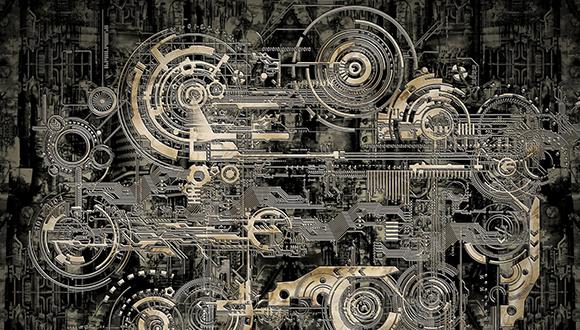School of Mechanical Engineering Asaf Prof. Dov Sherman
School of Mechanical Engineering Seminar
Wednesday, December 12, 2018 at 14:00
Wolfson Building of Mechanical Engineering, Room 206
Macro to micro in fracture: From dynamic cleavage energy
to atomistic bond breaking mechanisms
Prof. Dov Sherman
School of Mechanical Engineering
Tel-Aviv University, Israel
Several fundamental issues in fracture will be discussed: micro to macro correlation, effect of crack speed on fracture properties, and 3D aspects of fracture.
We will show, at first, the existence of a correlation between the macroscopic dynamic cleavage energy and the atomistic bond breaking mechanisms along the crack front. We study this correlation in brittle single crystal, with a variety of driving force, q, the gradient of the energy release rate (ERR), q=dG0/da, which was found to be a crucial variable in fracture.
Dynamic crack propagation in quasi-statically loaded specimens made of brittle silicon crystal were performed using our coefficient of thermal expansion mismatch (CTEM) method. The cleavage energies were evaluated and cracks speed measured for a range of driving forces, q. The experimental energy-speed relationship where compared with Freund equation of motion to extract the varying cleavage energies at initiation and during propagation, denoted here G0 and GDM, respectively. We show that both G0 and GDM are q dependent. Surprisingly, both are independent of crack speed.
An important macroscopic physical occurrence in our specimens is a shallow curvature of the crack front, which indicates on the 3 dimensionality of fracture problems. The only topological explanation to the curvature is that it constructed from atomistic scale planar steps or kinks. The kinks propagate by two major mechanisms; kink advance and kink formation, with distinct energy of propagation.
We suggest that the macroscopic crack front curvature and cleavage energy and the microscopic bond breaking mechanisms and sequence in the atomistic scale depend on the ratio between the number of kink advance to kink formation mechanisms, governed by the macroscopic q; yields the cleavage energy from Griffith barrier of 2gs for low q cracks to lattice trapping effect of over 3gs for cracks running under high q.


